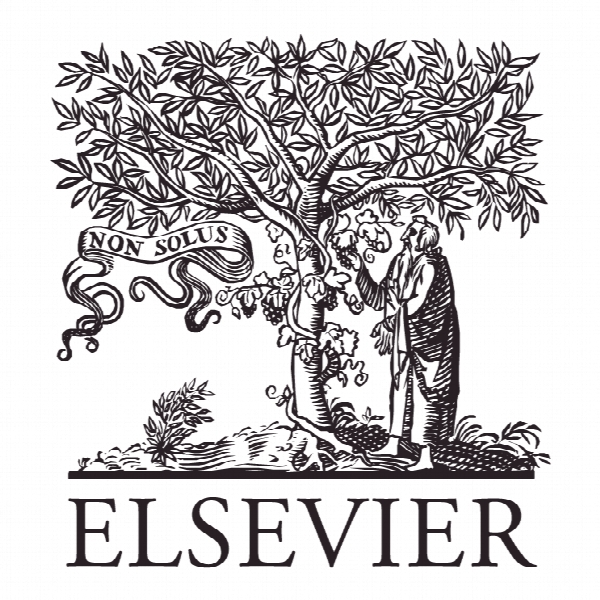خارج از توانایی بازاریابی و عملکرد شرکت Outside-in marketing capability and firm performance
- نوع فایل : کتاب
- زبان : انگلیسی
- ناشر : Elsevier
- چاپ و سال / کشور: 2018
توضیحات
رشته های مرتبط مدیریت
گرایش های مرتبط مدیریت عملکرد و بازایابی
مجله مدیریت بازاریابی صنعتی – Industrial Marketing Management
دانشگاه School of Business – Alabama A&M University – United States
منتشر شده در نشریه الزویر
کلمات کلیدی انگلیسی Outside-in marketing capability, Inside-out marketing capability, Strategic flexibility, Transformational leadership, Employee proactivity
گرایش های مرتبط مدیریت عملکرد و بازایابی
مجله مدیریت بازاریابی صنعتی – Industrial Marketing Management
دانشگاه School of Business – Alabama A&M University – United States
منتشر شده در نشریه الزویر
کلمات کلیدی انگلیسی Outside-in marketing capability, Inside-out marketing capability, Strategic flexibility, Transformational leadership, Employee proactivity
Description
1. Introduction To increase the managerial relevance of business scholarship, research is needed on the relative impacts and interactions of different marketing organization (MARKORG) elements on firm performance (Moorman & Day, 2016). Imagine a struggling firm contemplating whether it should invest more resources in marketing capabilities or human capital. Within marketing capabilities, priority could be given to outside-in capability, inside-out capability or to a flexible allocation of resources in service of exploiting emergent opportunities. While any such investment may be justifiable, surprisingly little research exists regarding which allocation is likely to be the most expedient. It is important for managers to know the effectiveness of these different “routes to impact” (Jaworski, 2011) as well as their interactions, which is the main focus of this research. A vast body of research has consistently shown that a portfolio of marketing-mix-based inside-out marketing capabilities (such as pricing, product development, marketing communication) constitute important sources of competitive advantage (e.g., Angulo-Ruiz, Donthu, Prior, & Rialp, 2014; Morgan, Vorhies, & Mason, 2009; Vorhies & Morgan, 2005; Vorhies, Orr, & Bush, 2011). However, an emerging body of research challenges the effectiveness of these inside-out marketing capabilities, arguing that such firm capabilities are static and inadequate to adapt to increasingly complex and fast-changing market environments (Day, 2011, 2014; Mu, 2015). Scholars of this research camp contend that it is outside-in marketing capability rather than inside-out capability that ensures long-term profitability and competitiveness by helping firms adapt to volatile markets (e.g., Day & Moorman, 2010; Mu, 2015; Saeed, Yousafzai, Paladino, & Luca, 2015). Yet another research stream suggests that a firm’s capability to appropriately allocate resources rather than mere possession of resources drives superior performance (Newbert, 2007; Priem & Butler, 2001). Scholars in this stream argue that strategic flexibility is what sustains profitability in complex and highly unpredictable environments (Grewal & Tansuhaj, 2001; Johnson, Lee, Saini, & Grohmann, 2003). In sum, there is an important gap in our understanding of 1) which capability –outside-in capability, inside-out capability, or strategic flexibility – should be focused on as a primary driver of firm performance, and 2) whether these capabilities affect performance separately or in combination, which will help us identify intermediate stages when looking for early performance impacts (Moorman & Day, 2016).


